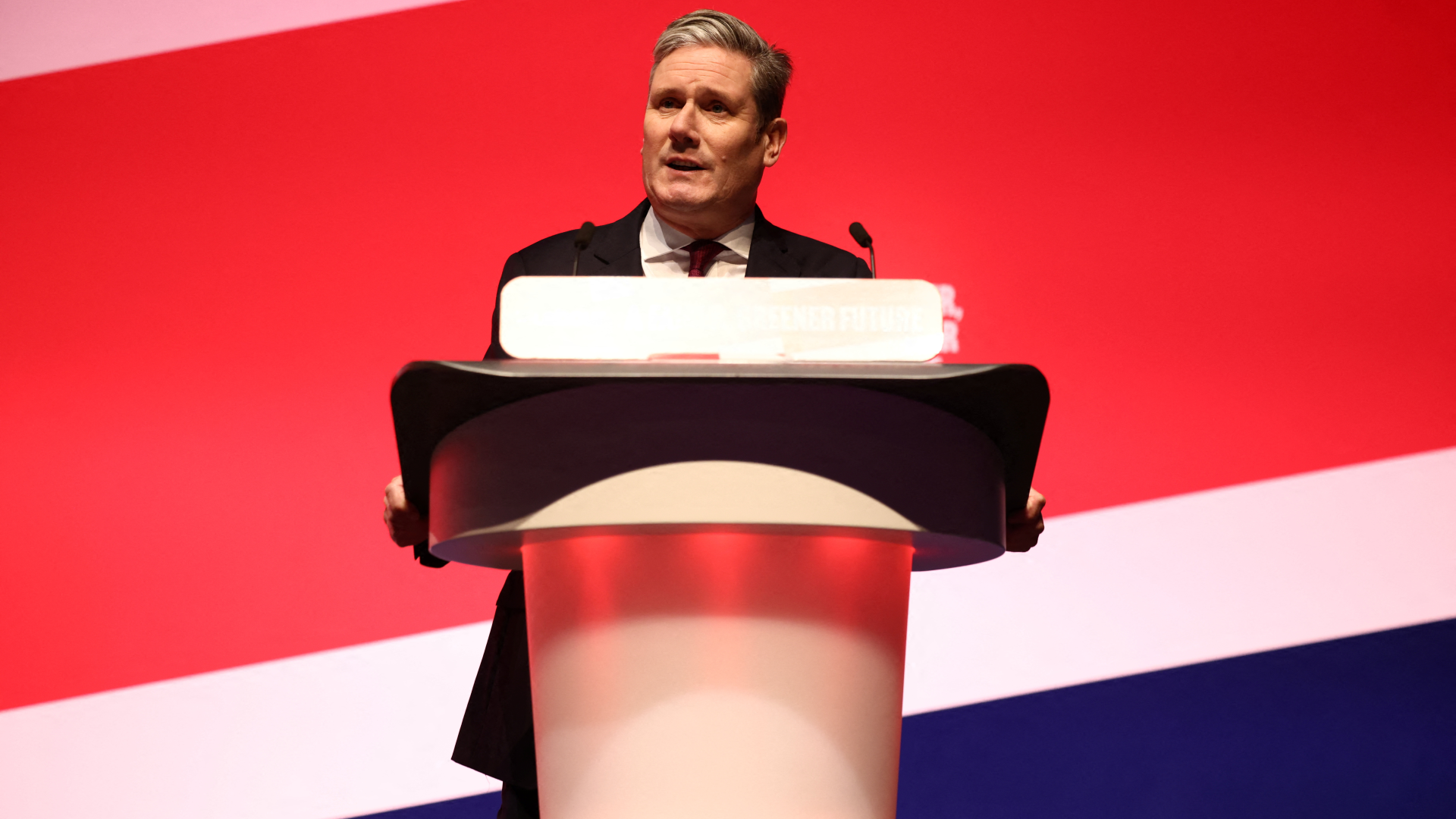“And the award goes to” … Why B2B awards should be a key component of your marketing plan

By Jamee Kirkpatrick, Account Director in the energy team
There are typically two camps when it comes to industry or B2B awards. Those who want the public recognition and those who feel that it’s ‘big headed or self-serving’ to enter. Regardless of which side of the fence you’re on, there are several reasons why you should consider entering industry awards as part of your wider B2B communications and marketing strategy. We should know, just this year we’ve been crowned the top B2B PR Agency by PRWeek and B2B Agency of the Year at the UK Agency Awards 2022.
It’s a fantastic marketing tool
We all have competitors that we want to outshine and the ability to say you have ‘award-winning technology, team or employee’ in proposals, on your website, in social media content and wider communications efforts is an excellent way to stand out from the crowd and elevate your brand and offering.
You get free exposure
With B2B awards comes exposure. A lot of investment goes into planning and running industry awards and they often have dedicated public relations including promotion of shortlists and post-award winner announcements, not to mention social media promotion too.
As the saying goes: all exposure is good exposure and any communication efforts from third parties only elevates your own endeavors by offering credibility to your offering and – where marketing is concerned – provides backlinking opportunities from well-known events or well-respected organisations back to your own website to improve your online visibility.
It’s attractive to potential customers and investors
One of the first things that potential customers or investors do when they are considering working with you is to Google you. That third party promotion comes into play here, but also being able to showcase the high-quality, industry-recognised solutions that you have to those looking to do business with you – or those looking to sink capital into your business.
B2B awards allow you to demonstrate not only your technical prowess but it also showcases your company’s ability to be a trusted, knowledge and safe pair of hands that is leading the charge in your industry.
Employee satisfaction and retention
You can have the best technology out there, but without a fantastic team of people you don’t have a business. Winning industry awards is great for team morale and recognises employees for their contribution to the business. It is also attractive to potential candidates – whether you’re an award winner or you’re shortlisted amongst other industry players.
But, remember you should be strategic…
B2B awards can cover different regions, industries and categories from technology, business and people, so choosing the right award is crucial. Aligning your award entries around your business goals and strategy is a strategic way to grow awareness and recognition of your brand in these locations or industries.
Additionally, don’t enter every award category available to you. Yes, you can enter more than one, but where do you think you stand the strongest chance of success? Award entries are an investment so strategic thinking upfront will likely lead to better results.
Some B2B awards hold more esteem than others, so be smart about what you’re entering rather than opting for a scatter gun approach. By working with a specialist communications agency in your sector such as energy and industrials, we can tap into our awards knowledge and sector expertise to guide your efforts in the right direction.
On top of that, our track record of drafting – and winning – B2B awards for our clients is extensive, so while we can’t guarantee you an award win, we can help you put together the best application possible.
Award season varies from industry to industry, but with several coming up in the calendar with looming entry deadlines, why wait until the next sweep of awards to start getting the kudos and recognition that you, your business and your teams deserve.
Want to be award winning? Get in touch.









